Medical news September 26: Do not let spoiled or moldy food reach people
The Department of Food Safety, Ministry of Health issued Official Dispatch No. 2472/ATTP-NDTT on strengthening food safety and preventing food poisoning due to storms and floods.
Food quality control during the rainy season
In the face of the actual developments and impacts of storm No. 4 causing heavy rain, flooding in urban areas and low-lying areas, landslides, flash floods in mountainous areas, the Food Safety Department requests the Department of Health and the Food Safety and Hygiene Sub-Departments of the Central provinces directly affected to implement contents related to food safety.
 |
| The Department of Food Safety, Ministry of Health has issued Official Dispatch No. 2472/ATTP-NDTT on strengthening food safety and preventing food poisoning due to storms and floods. |
For areas affected by floods and landslides that cause isolation, there are plans to ensure the supply of safe food, foodstuffs, and drinking water.
Units encourage people to use processed foods, ready-to-eat foods such as dry food, instant noodles, bottled water, etc., and supplement vitamins to improve resistance.
Along with that, the Food Safety Department recommends disseminating and guiding people in choosing, processing and using safe food; absolutely do not use dead livestock and poultry as food or food processing. In case water sources such as drilled wells and open wells are flooded, they must be filtered and disinfected before use.
On the other hand, the Food Safety Department requested units to direct, guide and coordinate with preventive medicine units, treatment facilities and health stations to strengthen the monitoring of food poisoning risks and foodborne diseases in the community.
When detecting cases of digestive disorders or suspected food poisoning, they must be promptly treated to minimize the impact on people's health.
In addition, the units coordinate with central and local authorities to control the quality and safety of food, foodstuffs, and drinking water when organizations and individuals support people in flood-affected areas, and prevent spoiled, moldy, crushed, or expired products from reaching people.
Previously, in order to ensure clean water, food safety, environmental sanitation, disease prevention and control, and waste management after storm No. 3 and floods in 2024, the Hanoi Department of Health requested the Medical Centers of districts, towns, and cities to coordinate with the health department to implement environmental sanitation, disease prevention and control, food safety, and clean water.
In addition, the units step up propaganda work so that food production and trading establishments and consumers absolutely do not use livestock and poultry that die of disease or of unknown causes as food or to process food; practice eating and drinking thoroughly cooked food. The units strengthen the monitoring of food poisoning and food-borne diseases in the community.
In addition, the Hanoi Food Safety and Hygiene Department continues to inspect and examine production and business establishments to ensure the quality and safety of food circulating on the market.
Food, foodstuffs, and drinking water provided by organizations and individuals to support people in flood-affected areas ensure that no spoiled, moldy, crushed, or expired products reach people.
Increased infectious diseases after storms and floods
After a long period of storms and floods, many areas are flooded and poor environmental sanitation conditions have been warning of the risk of outbreaks of infectious diseases after floods in the community, so people need to take proactive measures to prevent them.
Patient PVK (45 years old), living in Ha Khanh ward, Ha Long city, was hospitalized in a state of fatigue and high fever that lasted for many days without stopping.
According to Mr. K., storm No. 3 caused his residence to be flooded with mud and dirt, so he had to clean his house and living area many days in advance. After that, Mr. K. started to have a high fever and fatigue, and fever reducers did not help, so he was hospitalized for treatment.
Test results showed that the patient had bacteremia caused by the bacteria Burkholderia Pseudomallei (Whitmore). The patient was monitored and treated actively by doctors at the Tropical Diseases Department. Currently, the patient's health is stable, the fever has stopped and the fatigue has subsided.
Another case is patient TQT (49 years old) in Ha Lam ward, Ha Long city, hospitalized with an open wound on the left leg, swelling, pain, edema with signs of pus and high fever.
Doctors diagnosed the patient with cellulitis of the left leg and monitored for sepsis. According to the patient, he fell on a broken tree branch and suffered a scrape, then had intermittent fever, chills, and swelling and ulcers in his leg. After a week of active treatment with the appropriate regimen, the patient's fever has now subsided, the wound is gradually recovering, and he will be discharged in the next few days.
Assessing the number of patients with infections hospitalized in recent times, especially after floods, Dr. Luong Xuan Kien, Head of the Department of Tropical Diseases, Quang Ninh General Hospital, said that after storms, countless microorganisms, garbage, waste... flowed into many places with the water, polluting water sources and food sources, increasing the number of infections in the community.
According to the Hanoi Center for Disease Control (CDC), last week the city recorded 285 cases of dengue fever distributed in 30 districts, towns and cities. Accumulated from the beginning of 2024 to now, there have been 3,251 cases of dengue fever.
In addition, last week, 23 dengue fever outbreaks were also recorded (an increase of 14 outbreaks compared to the previous week) in 19 districts, towns and cities such as Bac Tu Liem, Phuc Tho, Thanh Oai, Cau Giay, Chuong My, Dan Phuong, Hoan Kiem...
Hanoi CDC has coordinated with relevant units to monitor, investigate and handle epidemics in areas with cases and outbreaks. At the same time, ensure environmental sanitation and disease prevention for flooded areas due to heavy rains in the following districts: Nam Tu Liem, Soc Son, Ba Dinh, Dan Phuong, Thuong Tin, Me Linh, Tay Ho, Hoan Kiem, Thanh Tri.
According to the Hanoi CDC, the peak period of dengue fever has begun every year from September to November, with complex and unpredictable weather conditions combined with heavy rain creating favorable conditions for mosquitoes to transmit dengue fever. Monitoring results at some outbreak areas still recorded insect indexes exceeding the risk threshold. Therefore, the number of cases is forecast to continue to increase in the coming time.
To prevent the risk of infectious diseases after floods, experts recommend that people take measures to prevent skin diseases and infections after floods, such as daily personal hygiene and washing hands with soap;
Avoid direct contact with soil or stagnant dirty water for a long time, especially when there are skin wounds or bleeding scratches; clean the house and environment with protective equipment immediately after the water recedes, and clean surfaces with disinfectant solutions.
Eat cooked food and drink boiled water, avoid unsanitary food and contaminated water sources, and increase nutritional supplements to improve the immune system.
When there are unusual symptoms such as: prolonged high fever, fatigue, loss of appetite, swelling and pain in some areas of the body or nausea, vomiting, digestive disorders, loose stools... you need to go to the hospital for timely examination and treatment.
Ho Chi Minh City: One death case due to meningococcus
On September 24, the Hospital for Tropical Diseases (HCMC) admitted a patient diagnosed with fulminant meningococcal septic shock, admitted with a rash and died that same afternoon.
The patient is a female (52 years old, residing in Binh Chanh district) admitted to the hospital at 11:00 on September 24 with rapid breathing, blood pressure of 150/90mmHg, widespread map-like hemorrhages throughout the body, and central necrosis in some areas.
The patient developed fever, chills, and body aches the day before. In the afternoon of the same day, a purple rash appeared on the patient's arms and spread to the rest of the body.
Immediately after admission, the patient was resuscitated, put on a ventilator, dialysis, and given antibiotics and vasopressors. However, the patient's condition was severe and he died 6 hours after admission.
Immediately after receiving the information, the Ho Chi Minh City Center for Disease Control (HCDC) coordinated with the Binh Chanh District Medical Center and the Da Phuoc Commune Medical Station to go to the patient's home to investigate contacts and implement measures to handle and prevent infectious diseases according to regulations.
Investigation results recorded that the patient was living with her husband in a motel in Da Phuoc commune, Binh Chanh district and working as a worker at a company in Long An province.
The investigation results also recorded two people in close contact with the patient, both of whom had no suspected symptoms of the disease, were given preventive antibiotics by medical staff and instructed to self-monitor their health according to the Ministry of Health's guidelines on monitoring and preventing meningococcal disease.
At the same time, HCDC has activated the process of sharing disease information among regionally linked provinces to notify the Long An Provincial Center for Disease Control to coordinate epidemiological investigations.
According to the Department of Health, meningococcal disease is an acute bacterial infection caused by meningococcal bacteria (Neisseria meningitidis), commonly found in young people and capable of causing epidemics.
The disease is transmitted through the respiratory tract, mainly through direct contact with the source of the disease by inhaling nasal, pharyngeal, and throat secretions (sick people and healthy carriers) and can easily cause large epidemics. Meningococcal disease is a group B infectious disease.
The disease has clinical manifestations such as purulent meningitis, sepsis, septic shock, arthritis, pericarditis, ... in which purulent meningitis and sepsis are more common. The disease often leaves severe sequelae such as mental retardation, deafness, paralysis with a rate of 10-20%. The mortality rate can be from 8-15%.
In the community, the rate of people carrying bacteria without clinical symptoms (healthy carriers) in the nose, throat, and pharynx ranges from 5% to 25%. This rate is even higher in epidemic areas.
The disease often occurs in crowded places (nursery schools, dormitories, barracks, etc.), people with immunodeficiency or respiratory co-infection.
In our country, the disease is prevalent and recorded sporadically in many localities, often occurring in winter and spring.
In addition to meningococcal encephalitis, from September 16, 2024 to September 22, 2024 (week 38), Ho Chi Minh City recorded 371 cases of hand, foot and mouth disease, an increase of 26.7% compared to the average of the previous 4 weeks.
The total number of hand, foot and mouth disease cases accumulated from the beginning of 2024 to week 38 is 11,825 cases. Districts with high number of cases per 100,000 people include Binh Chanh district, Nha Be district and District 8.
In week 38, Ho Chi Minh City also recorded 328 cases of dengue fever, an increase of 8.3% compared to the average of the previous 4 weeks. The total number of dengue fever cases accumulated from the beginning of 2024 to week 38 is 7,337 cases. Districts with high number of cases per 100,000 people include District 1, Thu Duc City and District 7.
In week 38, Ho Chi Minh City recorded 96 measles cases, an increase of 13.6% compared to the average of the previous 4 weeks (84.5 cases), including 78 hospitalizations and no deaths. The total number of measles cases accumulated from the beginning of the year to week 38 is 743. Districts with high numbers of cases include Binh Chanh district, Binh Tan district and Hoc Mon district.
To prevent hand, foot and mouth disease and dengue fever, people need to continue to implement measures as recommended by the health sector. In addition, parents should take their children to medical facilities to get 2 measles shots according to the vaccination schedule to create immunity for children.








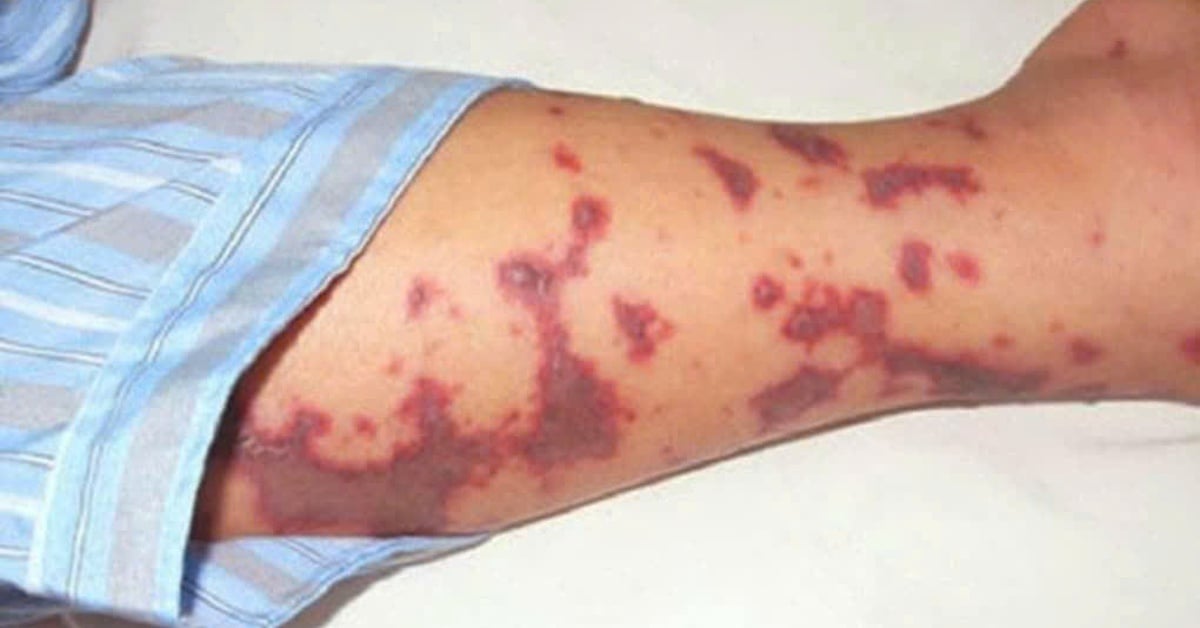




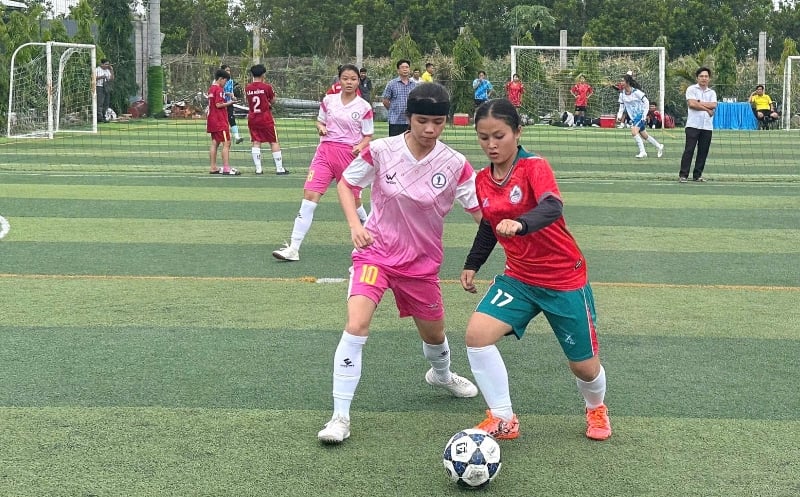




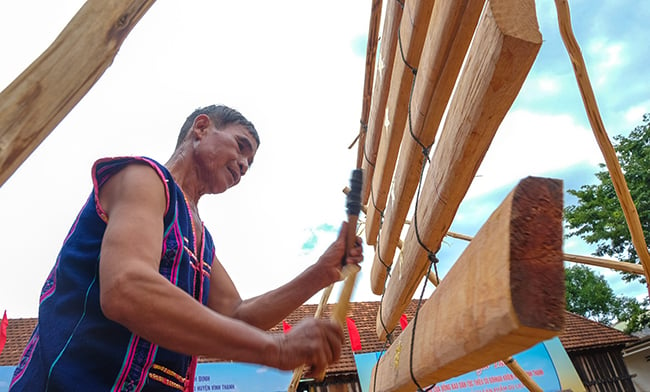
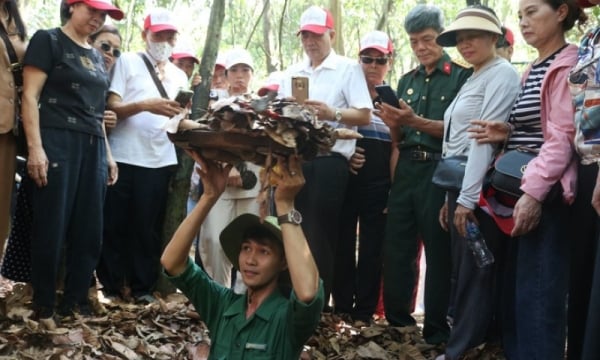





![[Photo] "Beauties" participate in the parade rehearsal at Bien Hoa airport](https://vstatic.vietnam.vn/vietnam/resource/IMAGE/2025/4/11/155502af3384431e918de0e2e585d13a)



















































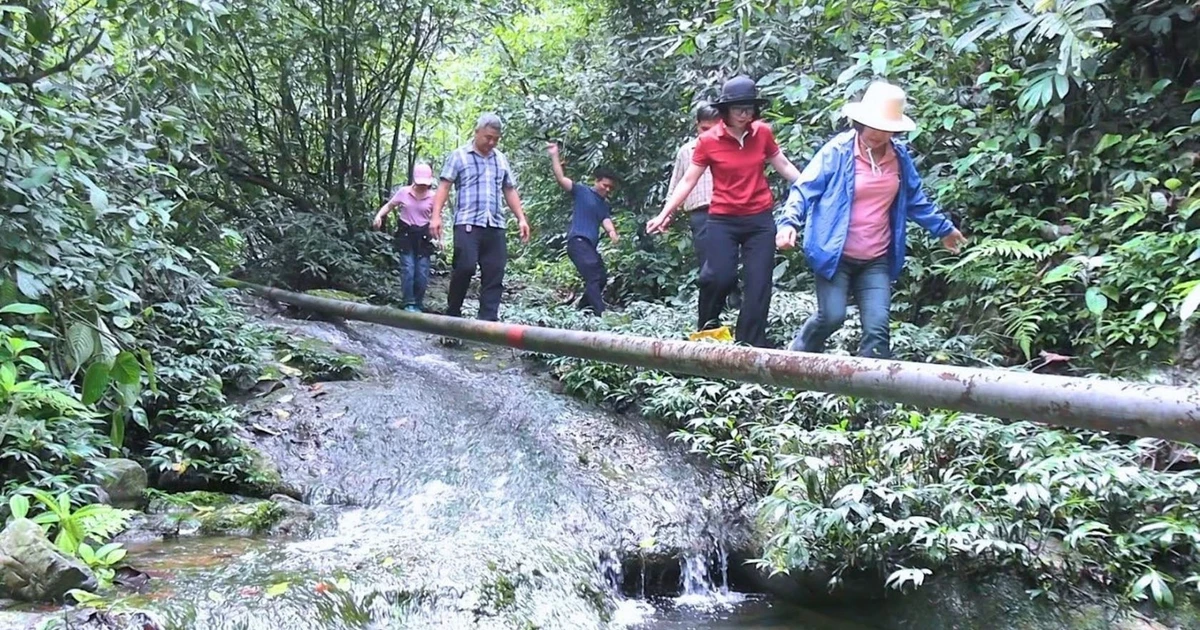

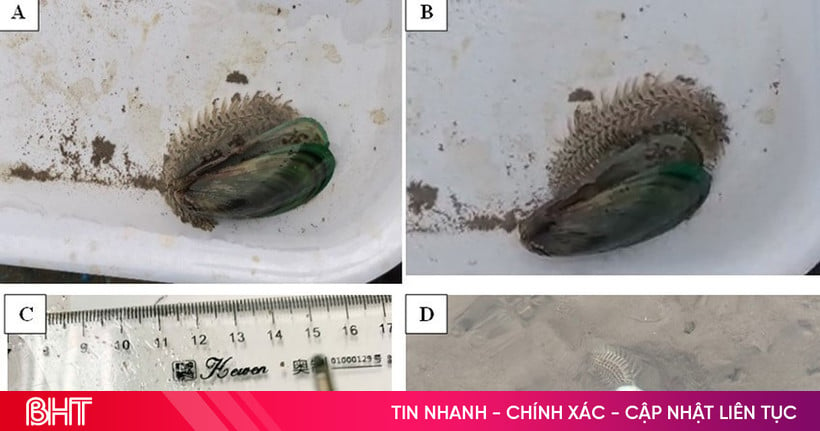












Comment (0)